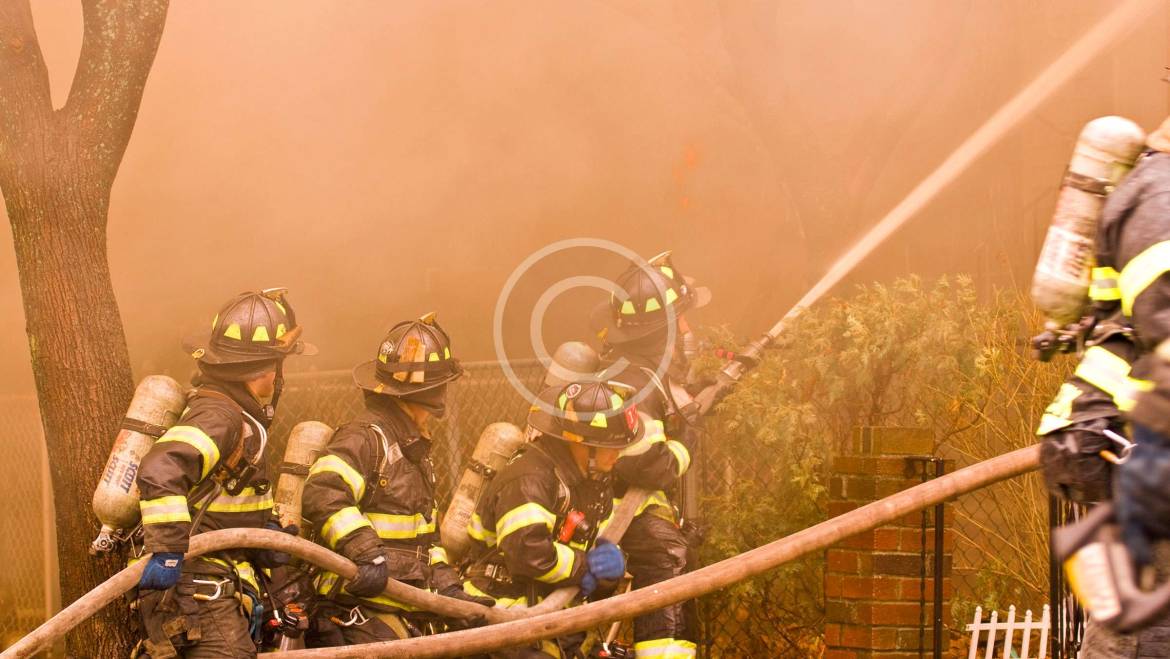Effects
Modern commercial aircraft can have the capacity to carry several hundred passengers and crew. Therefore, due to the mass casualty potential of an aviation emergency, it is critical that emergency response equipment and personnel arrive at the scene within the minimum possible time. The maximum response time from initial notification until the first vehicle is on scene and spraying fire retardant is defined by State regulation and generally ranges from three to four minutes under conditions of good visibility and uncontaminated surfaces. At large aerodromes, this often means that more than one fire station will be necessary. This timely arrival and the firefighters’ initial mission to protect the aircraft against all hazards, most critically fire, increases the survivability of the passengers and crew on board. Airport firefighters have advanced training in the application of firefighting foams and other agents used to extinguish burning aviation fuel in and around an aircraft. This helps to provide and maintain a path for the evacuating passengers to exit the fire hazard area. Should fire be present within the cabin or encroach upon the cabin from an external fire, the responders must work to control and extinguish those fires as well.
Capacity
Although there is some disparity among the Member States in the designation of road signs of the capacity of a given aerodrome, the basic premise for determining the normally-declared RFFS requirement is the size of the largest aircraft that it is intended to accept. In most cases, the size determination is based on both the length of the aircraft and the maximum fuselage diameter. As an example, the following chart has been extracted from the Canadian Aviation Regulations (CARS).


Add Comment